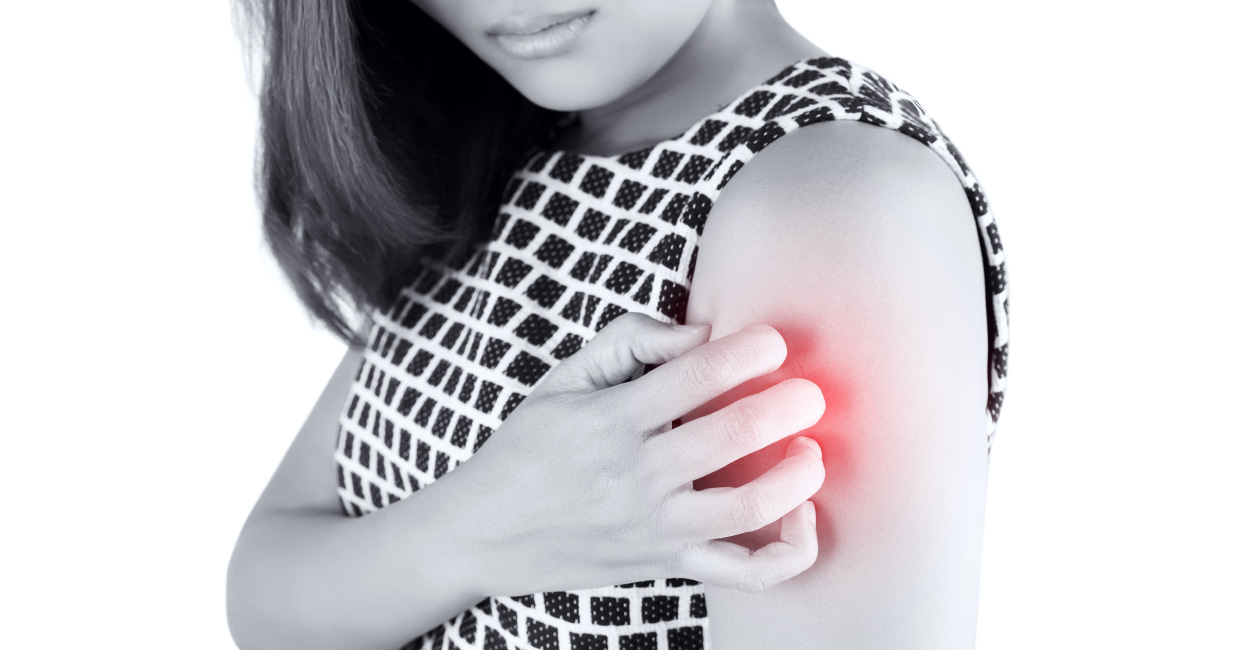15 Oct 2018

In the spring or autumn, spending time outdoors, in the country or in nature is a treat, but these moments of happiness can be interrupted by an inconvenience: Hymenoptera stings.
Hymenoptera is an order of insects such as the wasp, the bee, the drone and the hornet.
Reactions and symptoms
Hymenoptera stings are painful, sometimes dangerous and can cause three types of reactions;
A local reaction, very common, manifested by a local redness, an edema whose importance varies according to the location of the sting (hand, face, neck ...).
An allergic reaction that varies depending on the person and their allergen responses. It can be dangerous in case of anaphylactic shock. The manifestations can be cutaneous (redness, swelling), respiratory (edema of the airways that can cause choking), neurological (vertigo and fainting) and gastric (diarrhea and vomiting).
A toxic reaction that depends on the amount of venom injected by multiple stings. The person stung has the local reactions, headaches, pallor, a drop in blood pressure and convulsions. Medical supervision is indicated in this case.
The symptoms of hymenoptera stings disappear after 48 hours, if not it is necessary to consult a doctor.
How to react to these stings?
From the sting, try to identify the insect when possible.
The wasps sting without leaving a stinger.
The hornets have a long dart, their stings are deeper, accessing the blood vessels, the dart injects its venom directly and therefore, the reaction is fast.
Bees leave the stinger and the venom gland in the skin, and the injection of venom continues, for this reason it is advisable to remove the stinger immediately.
It is recommended to thoroughly wash the stained area with soap and water and disinfect with an antiseptic solution. To stop the inflammatory reaction, apply ice cubes in a clean cloth to the insect sting.
In case of pain, it is advisable to take an oral painkiller.
If an allergic or toxic reaction occurs, such as facial edema, breathing difficulty, choking, vomiting, and intense itching, extend the stung person by raising the legs and transporting them to hospital urgently.
Practical advice
Avoid approaching or touching honeycombs or wasps. Pass this message to your children, whose curiosity can put them in unpleasant or even dangerous situations.
For your outings in nature, always bring you anti-inflammatories and painkillers in your first aid box.
In case of bee, hornet, drone or wasp stings, do not panic to avoid accelerating blood circulation that will cause the rapid spread of venom of these insects in the body. You can slow down or dampen the reaction to these stings by keeping your cool despite the pain.
If the sting is on the hand, remove rings and bracelets before it swells and consult a doctor if the reaction is intense or if symptoms persist.




